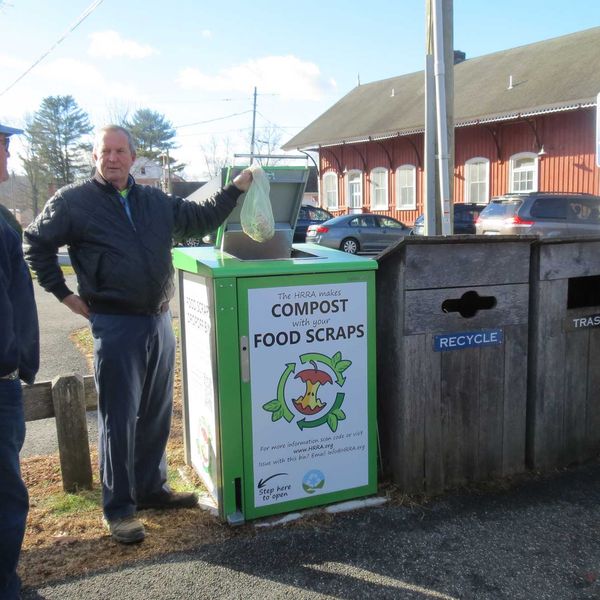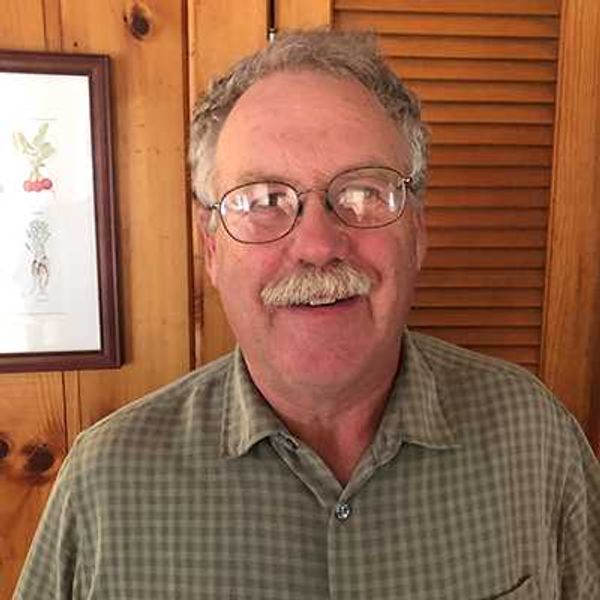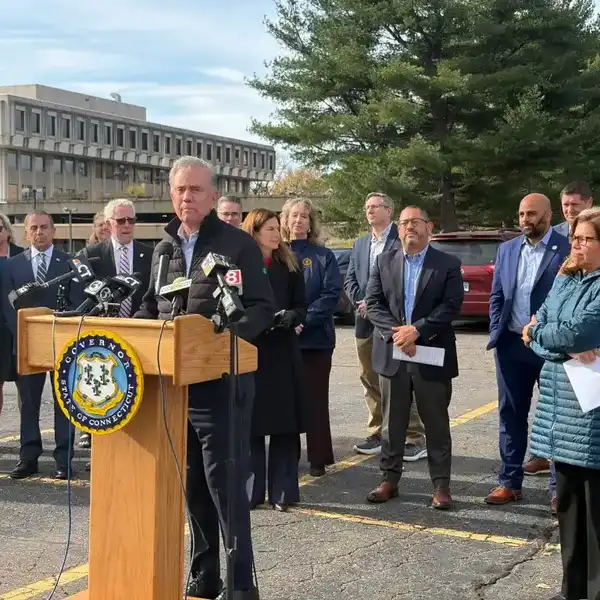First phase of 2024 hydrilla treatment underway at East Twin
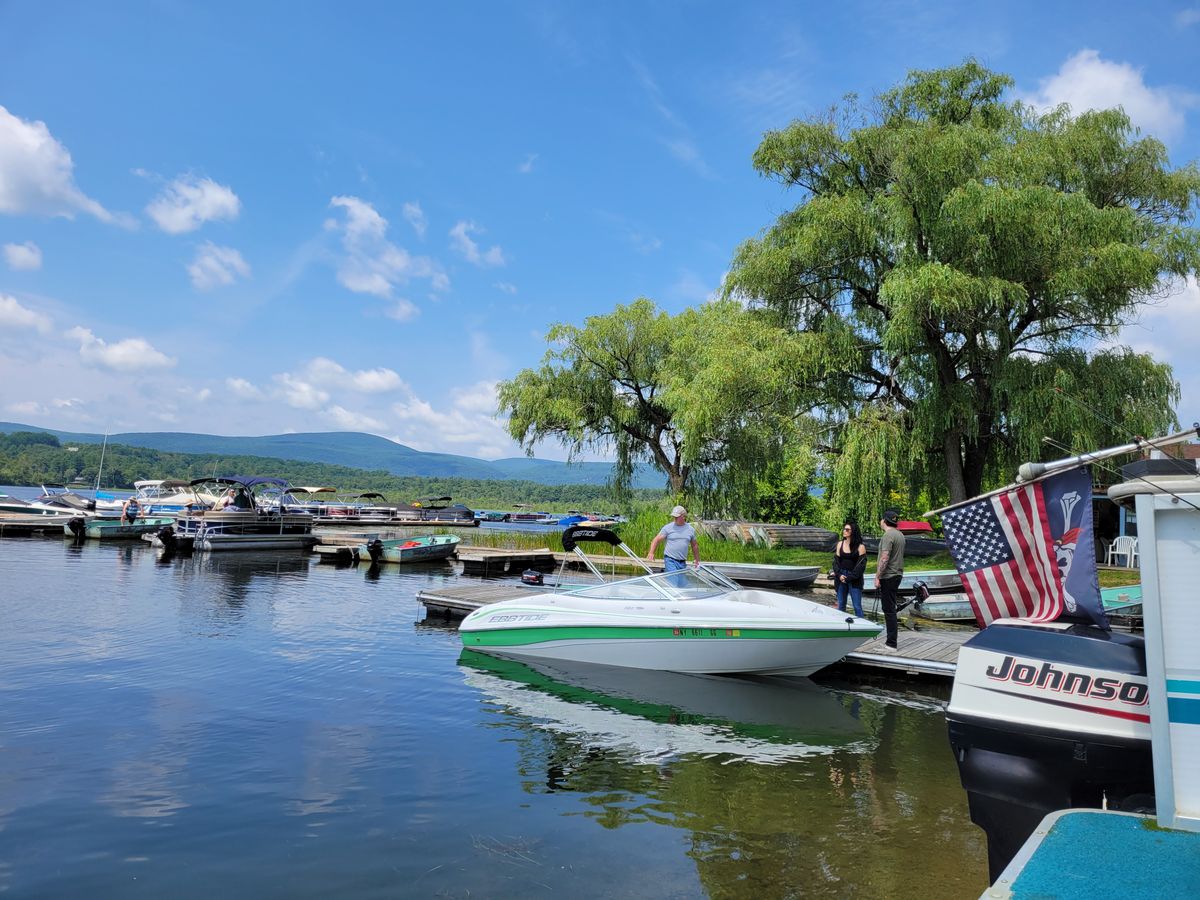
Patches of invasive hydrilla in the vicinity of the marina on East Twin Lake were treated on Monday with an herbicide known as Sonar One. The state-approved application is the first of several doses to be administered at intervals of about three weeks for the remainder of summer into fall.
Debra A. Aleksinas

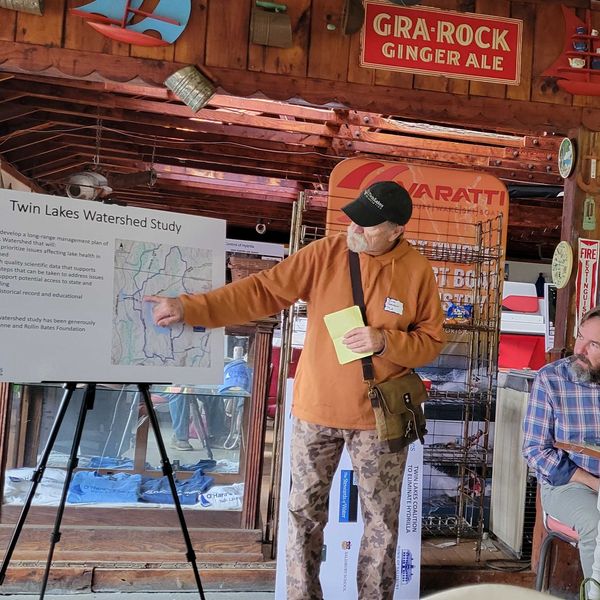
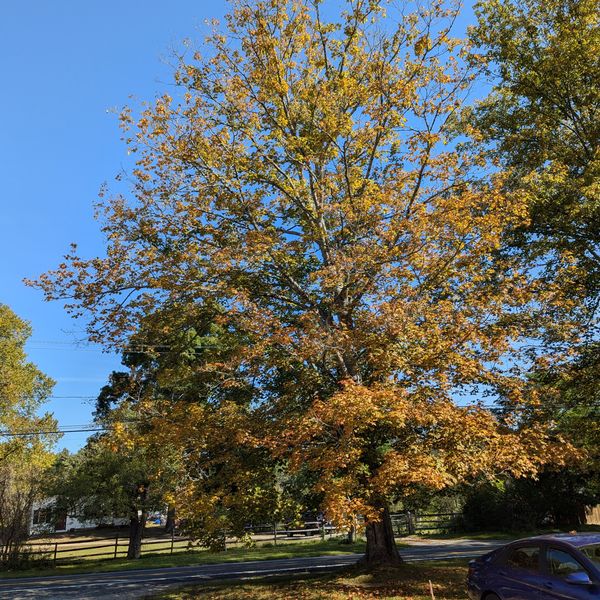
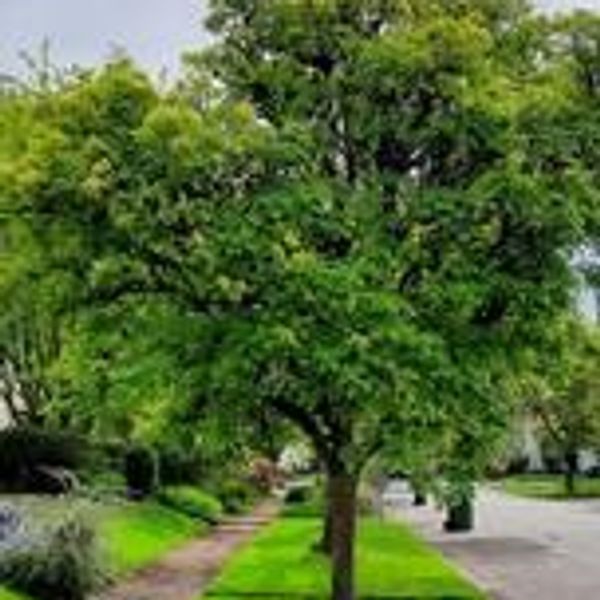
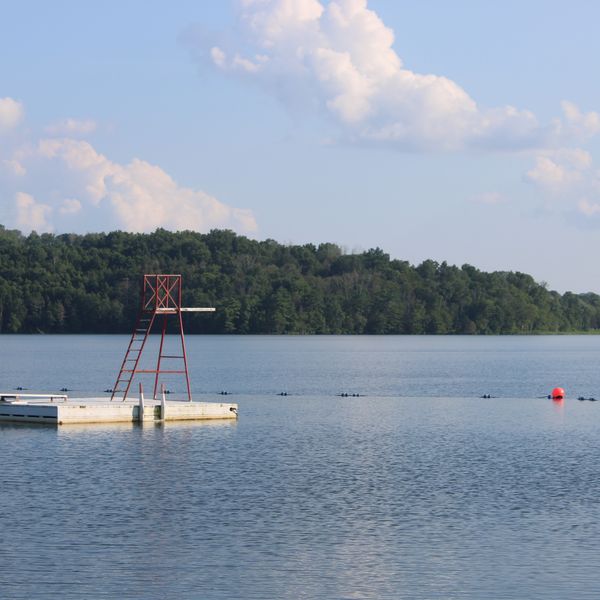
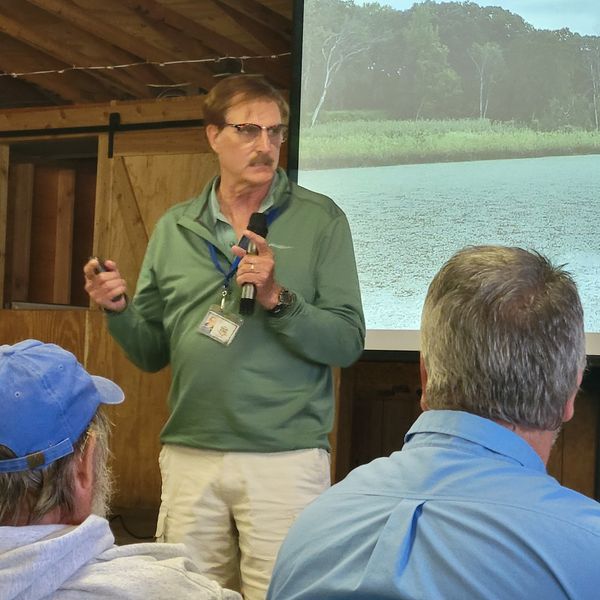
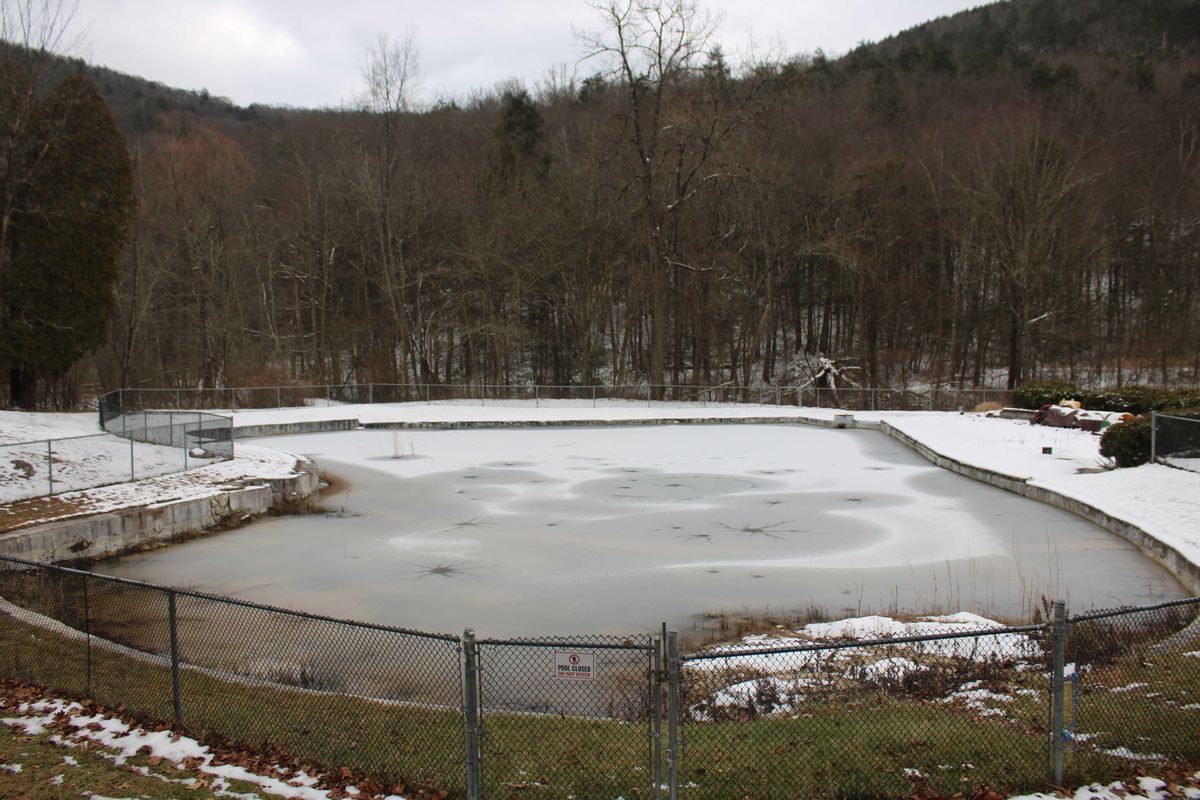
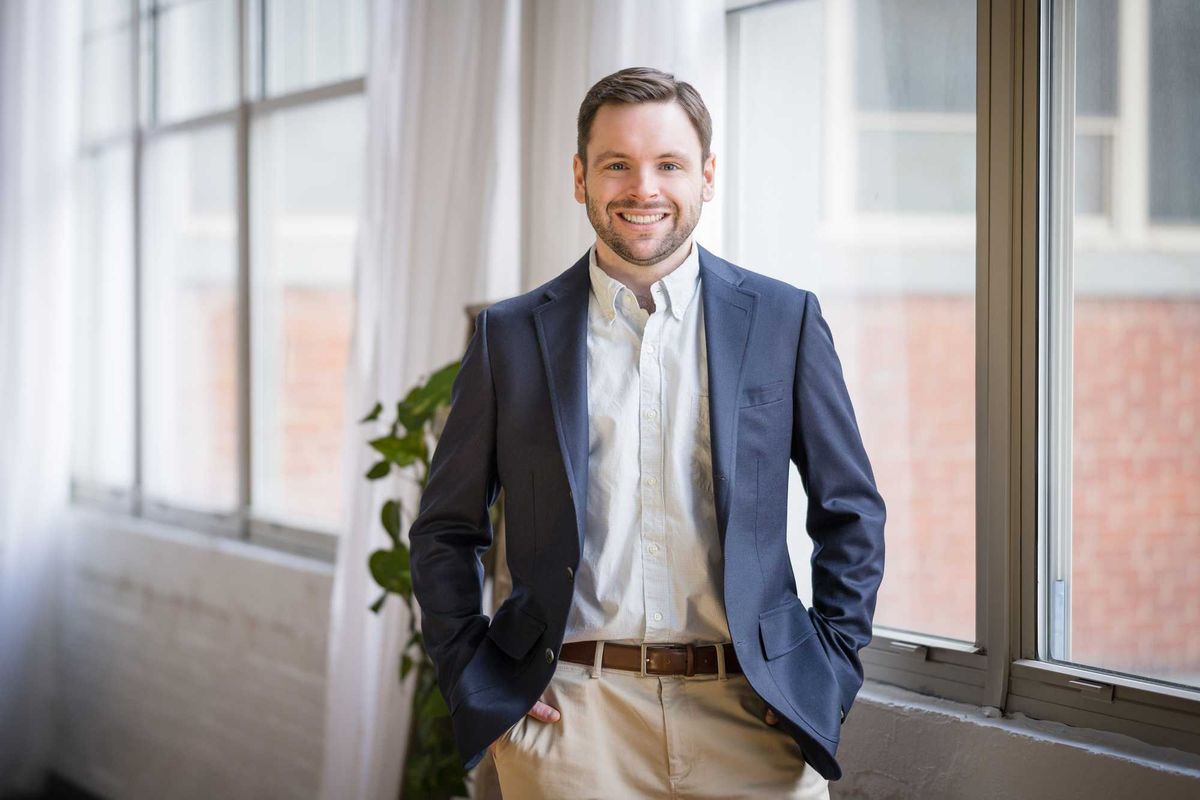
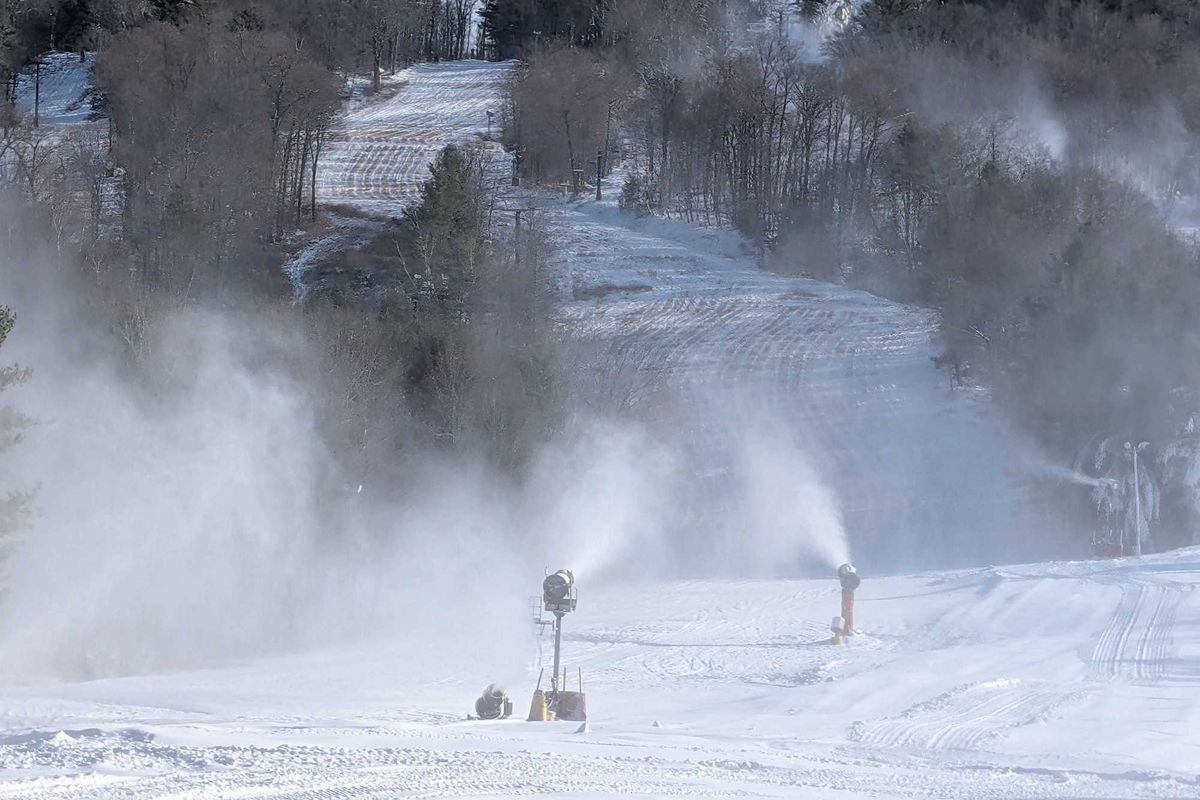
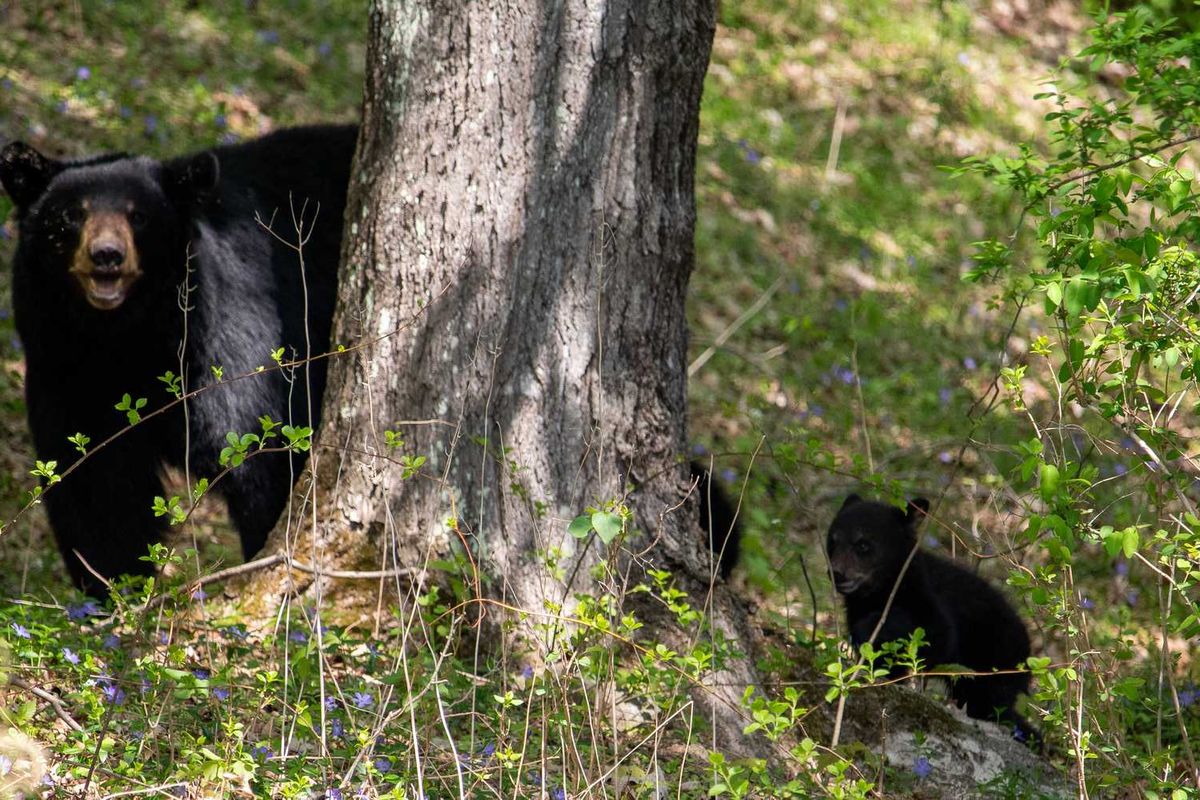
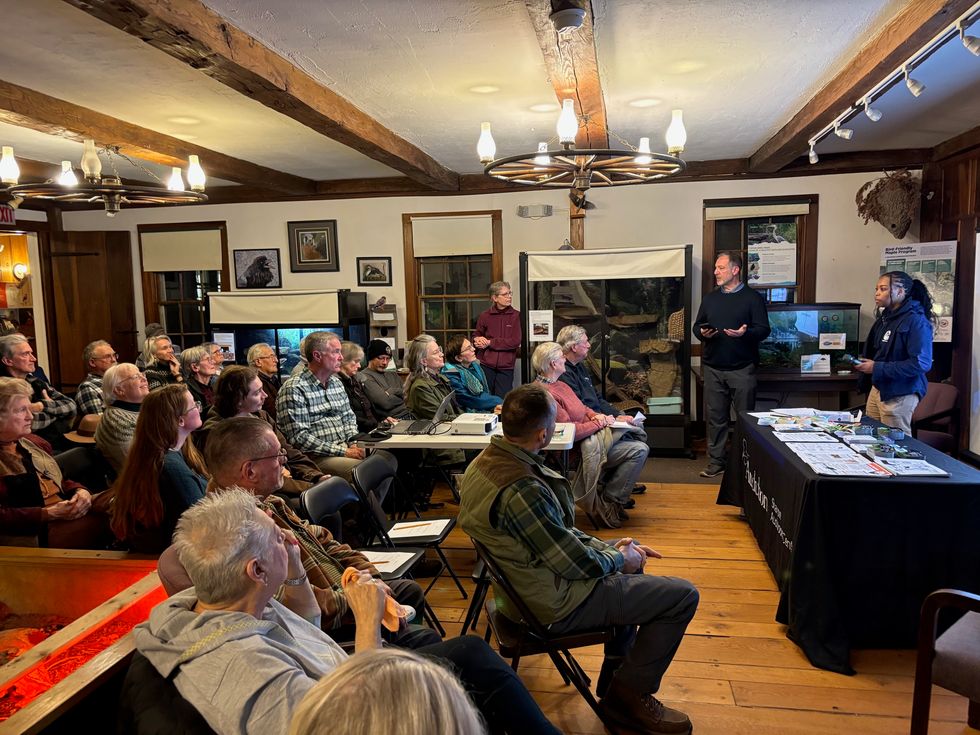 Attendees at the DEEP meeting in Sharon on Dec. 3By Christian Murray
Attendees at the DEEP meeting in Sharon on Dec. 3By Christian Murray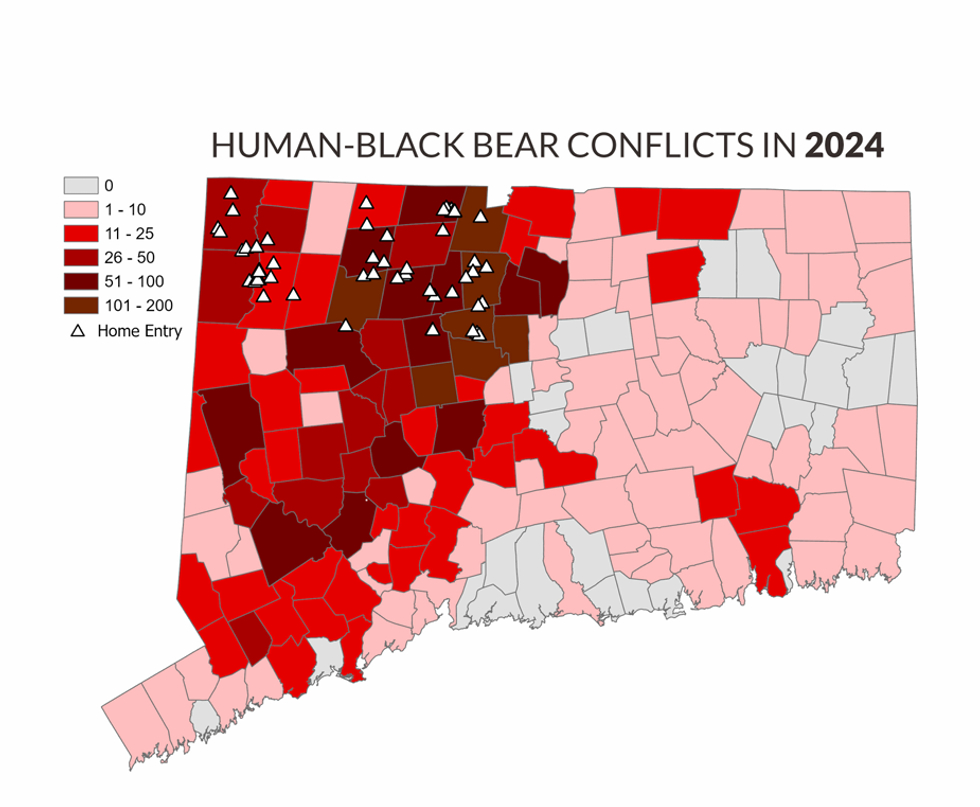 From the State of the Bears Report released March 2025CT DEEP
From the State of the Bears Report released March 2025CT DEEP